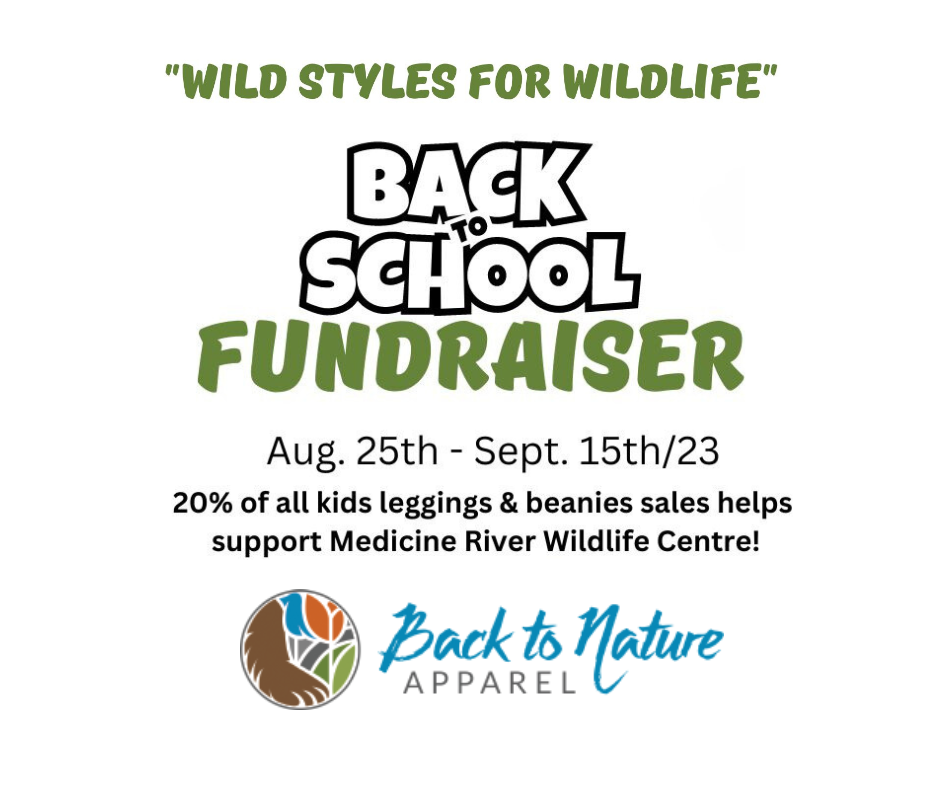About
Latest News
- News
We're striving to create a beautiful and educational space for you to connect with nature and the wild animals that live within it.
- News
Calling all Canadians!
Join GivingTuesday, the world’s largest generosity movement. Everyone has something to give and every act of generosity counts.
- News
Oct 12 is WMBD! Insects provide essential energy for migratory birds, offering a rich source of nutrients critical for their survival.
- News
We're excited to announce that public hours have started once again! Hours may vary throughout the summer so please always check here for current information.
- News
Your monthly donation allows us to make a planned, long-term approach in the work we do. As one of our precious GEMS (Giving Every Month Supporter), you work side-by-side with us, making a long lasting effect on the lives of wild animals.
- News
We're so excited to announce the completion of the eagle portion of the new Raptor Compound!
- News
Calling all Canadians! Join GivingTuesday, the world’s largest generosity movement. Everyone has something to give and every act of generosity counts.
- News
Put a dent in your Christmas list at our Wild Shopping Weekend, this November!
- News
Financial support is needed for the next phase of the new Raptor Compound. Let’s raise the funds together to see this project realized and support the rehabilitation and release of Alberta’s birds of prey.

- News
Gear up for the school year with a meaningful twist! Our Back to School Fundraiser is here, featuring Back to Nature Apparel’s fantastic collection of kids’ wildlife leggings and beanies!
- News
Have you heard of our Drink Container Pick Up Service? This is a thriving fundraiser with many clients bringing in thousands of dollars each year!
- News
Get ready to "spill the tea"! Are you a fan of the Regency era? Love wildlife? Well, this is the event for you!
- News
We're excited to announce that public hours have started once again! Hours may vary throughout the summer so please always check here for current information.
- News
Otis the Owl is turning 20 years old this May and we want you to be a part of the celebration!
- News
Our annual Baby Shower is back! This is your opportunity to know exactly where every nickel of your contribution goes by making a purchase on our behalf.
- News
Looking for a fun and amazing learning experience? Applications are now being accepted for this year's internships.
- News
Put a dent in your Christmas list by joining us for our Wild Shopping Weekend, November 12 & 13!
- News
Join us on September 22 for our Annual General Meeting, being held onsite at Medicine River Wildlife Centre.
- News
Early in 2022 Medicine River Wildlife Centre, along with other facilities in Alberta, received protocol guidelines from Canadian Wildlife Service should avian flu arrive in the province. We felt prepared but did not expect the virus to hit quite as hard as it did.
We are very grateful however, for the advance notice and that our new facility is equipped with a fully dedicated quarantine room. Other facilities in the province were not as lucky, either reducing the patients that they would accept, or in a couple of cases, simply stopping admitting certain species altogether.
It was a fairly steep learning curve to be able to understand, diagnose, and treat avian flu but staff at MRWC experienced a fairly smooth and safe transition to the new protocols. The results to date have been more devastating than many realize and MRWC staff are looking forward to seeing official statistics when the year is over. What we are seeing now in our wildlife hospital is a sharp decline in admittance of ducklings, goslings, and also birds of prey. A hungry raptor would happily scavenge from dead ducks and geese or bring the treasures back to their young in the nest. Entire families have been wiped out and the majority of owl and eagle nests that our staff have been monitoring have gone silent. Our large raptor intensive care room would normally be incredibly full and busy this time of year but currently, is completely empty.
Wildlife however, are amazingly resilient and we look forward to information on whether they develop an immunity to this virus. We also know that when numbers of wildlife decline, as long as there is a good food supply, decent weather, and a lack of virus next year, we could see birds having maximum clutches to help replenish the numbers.

